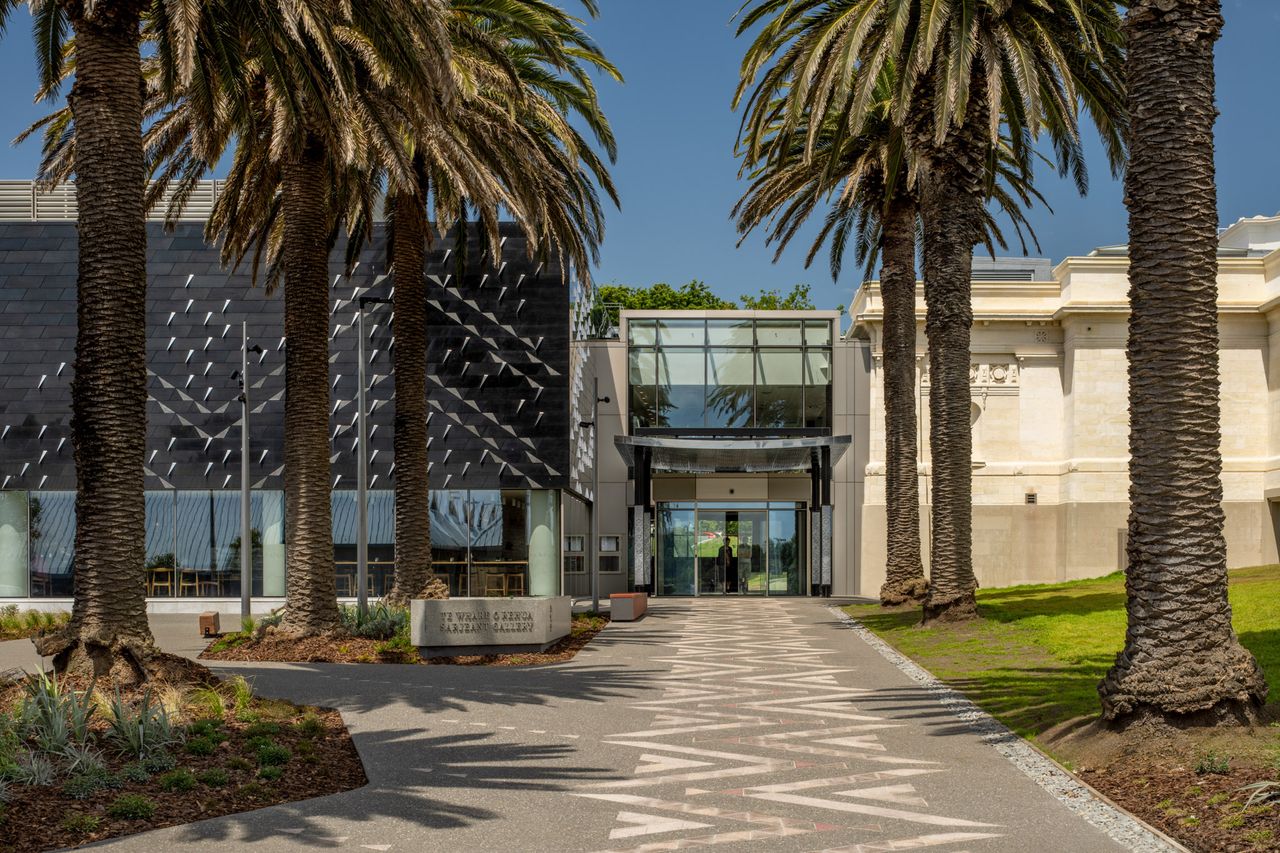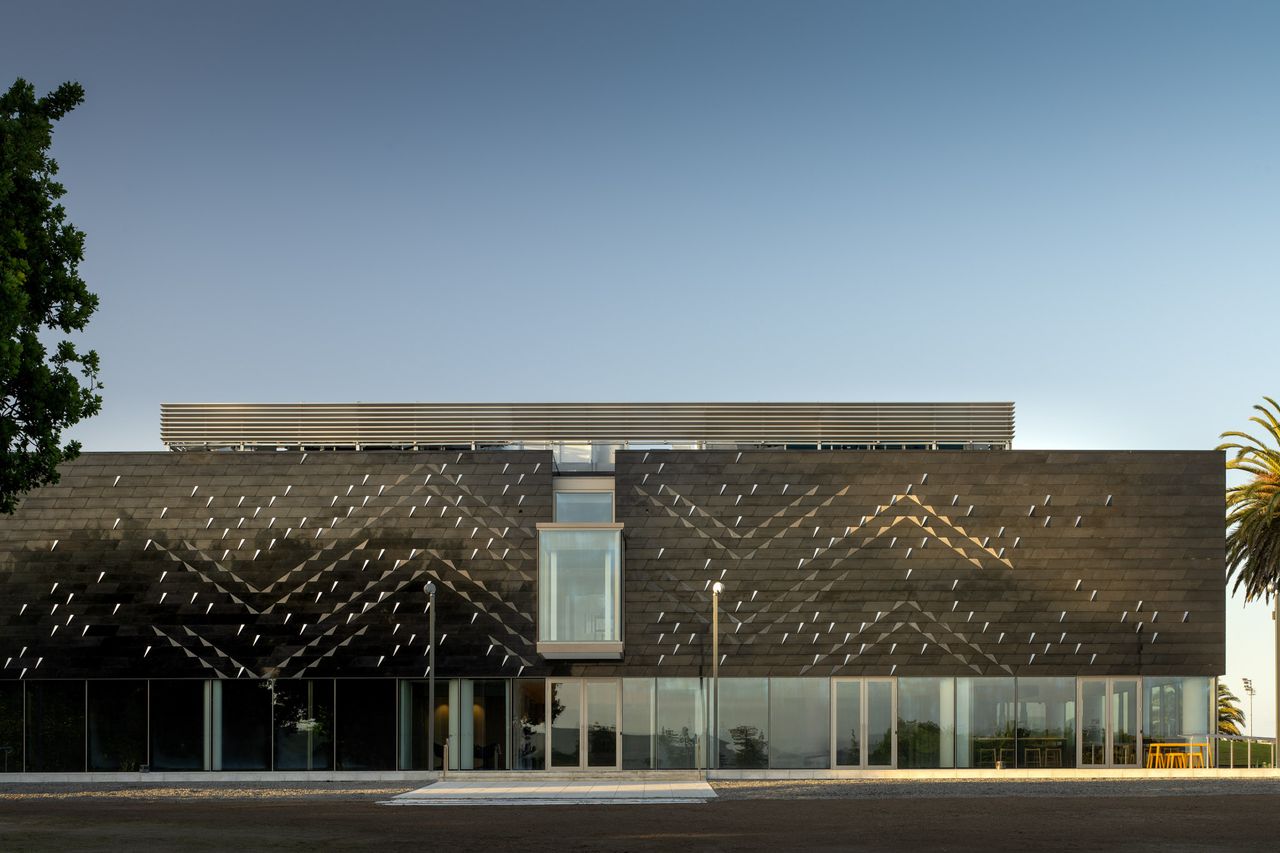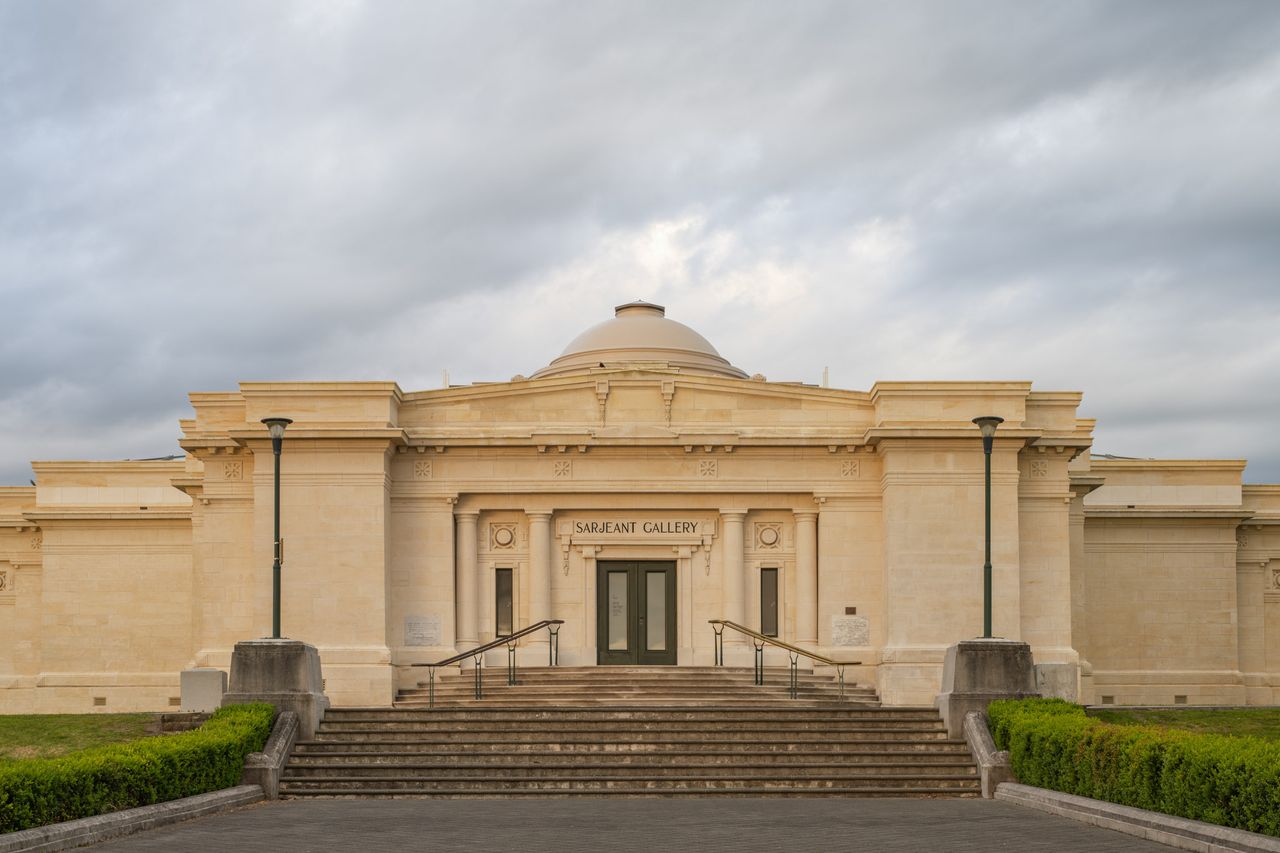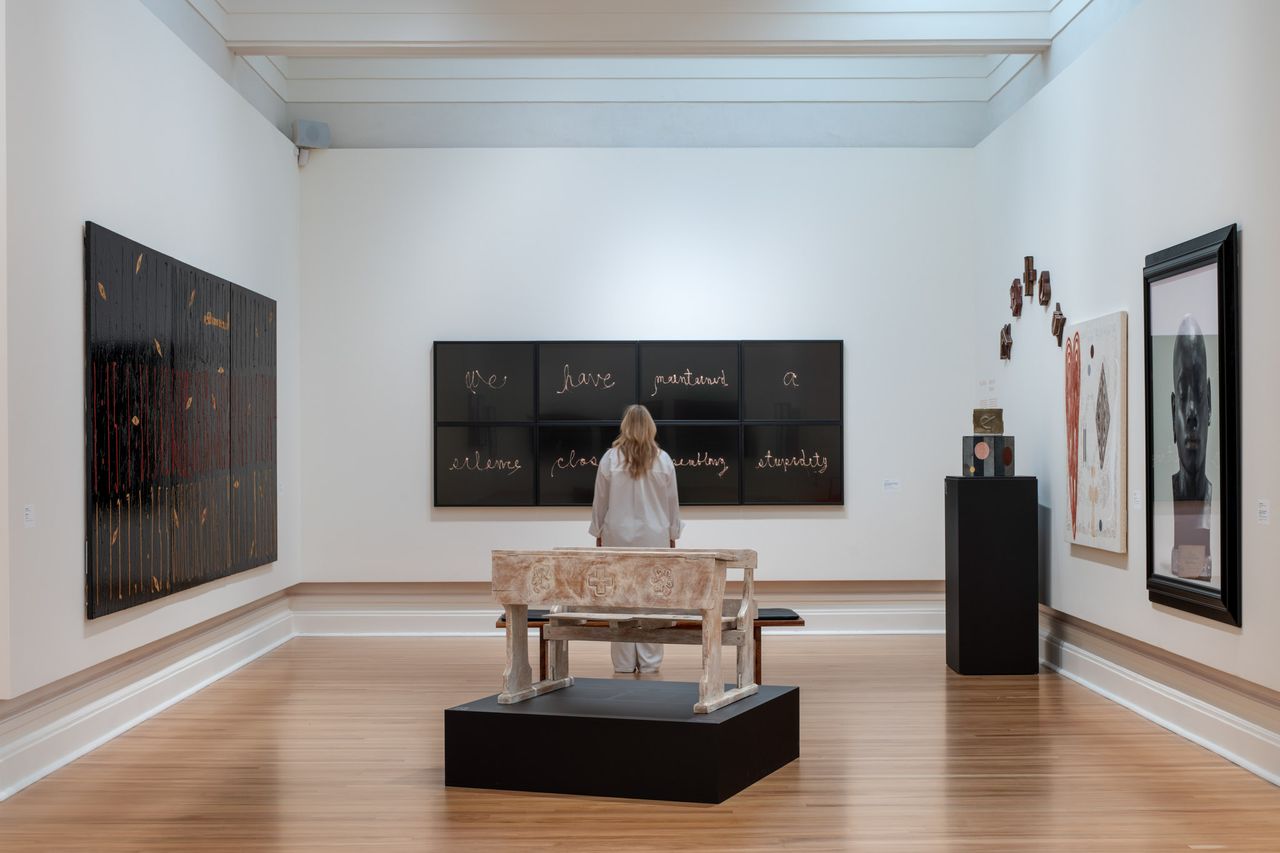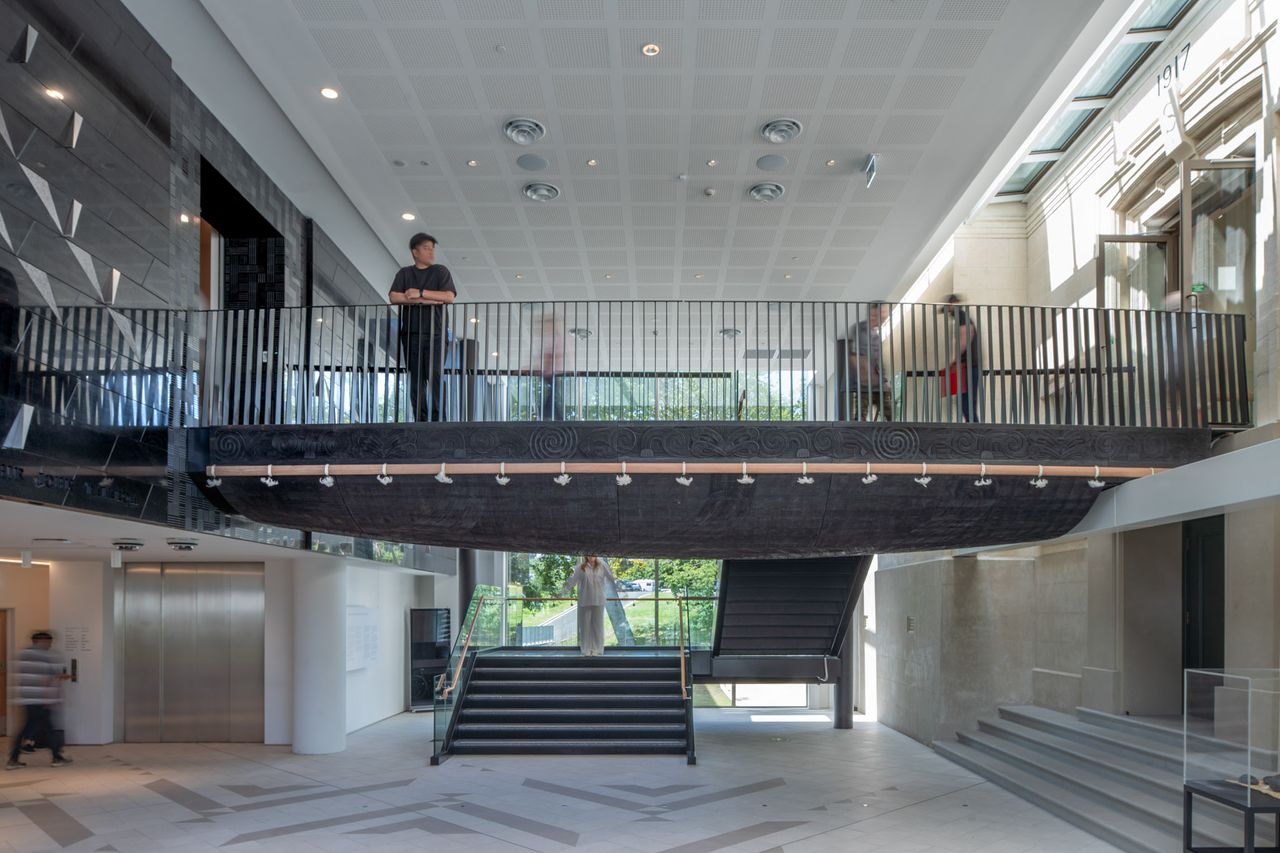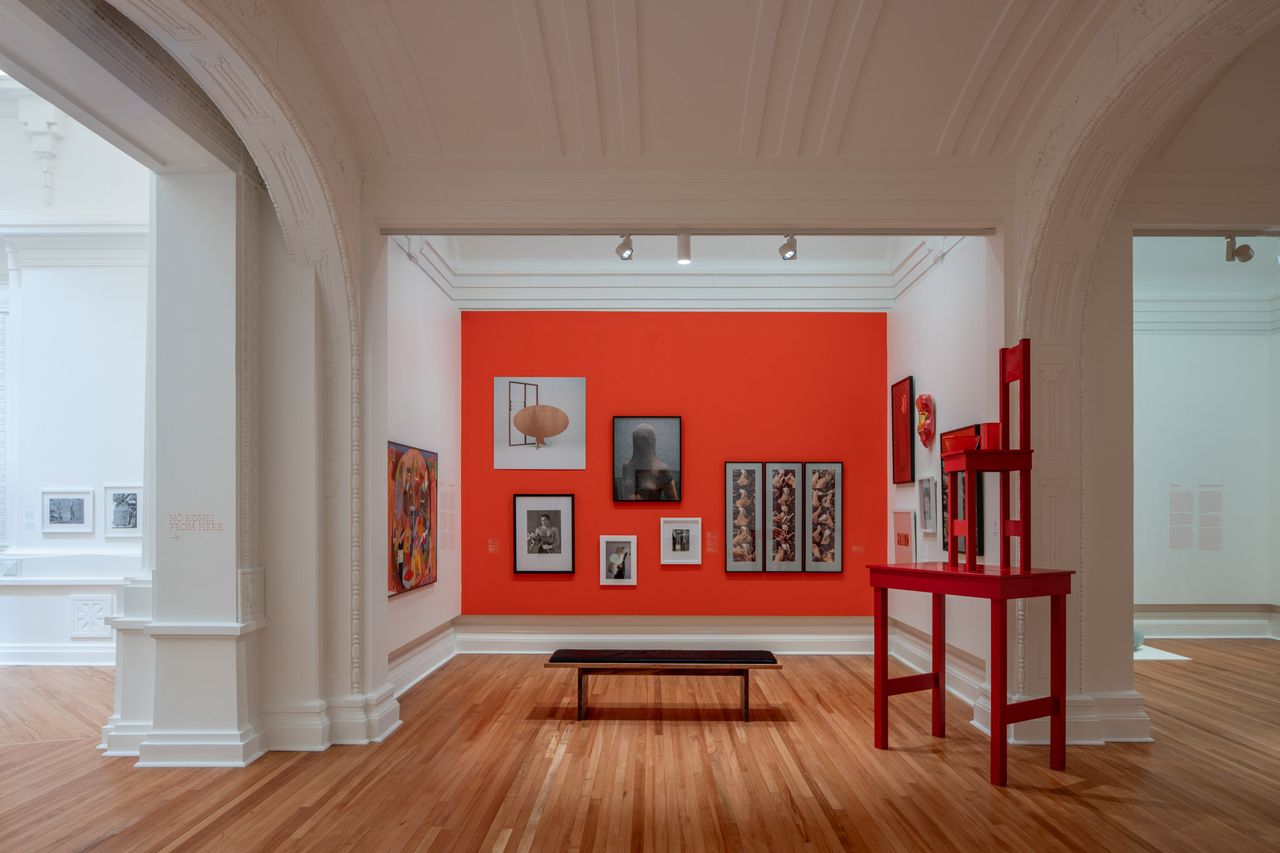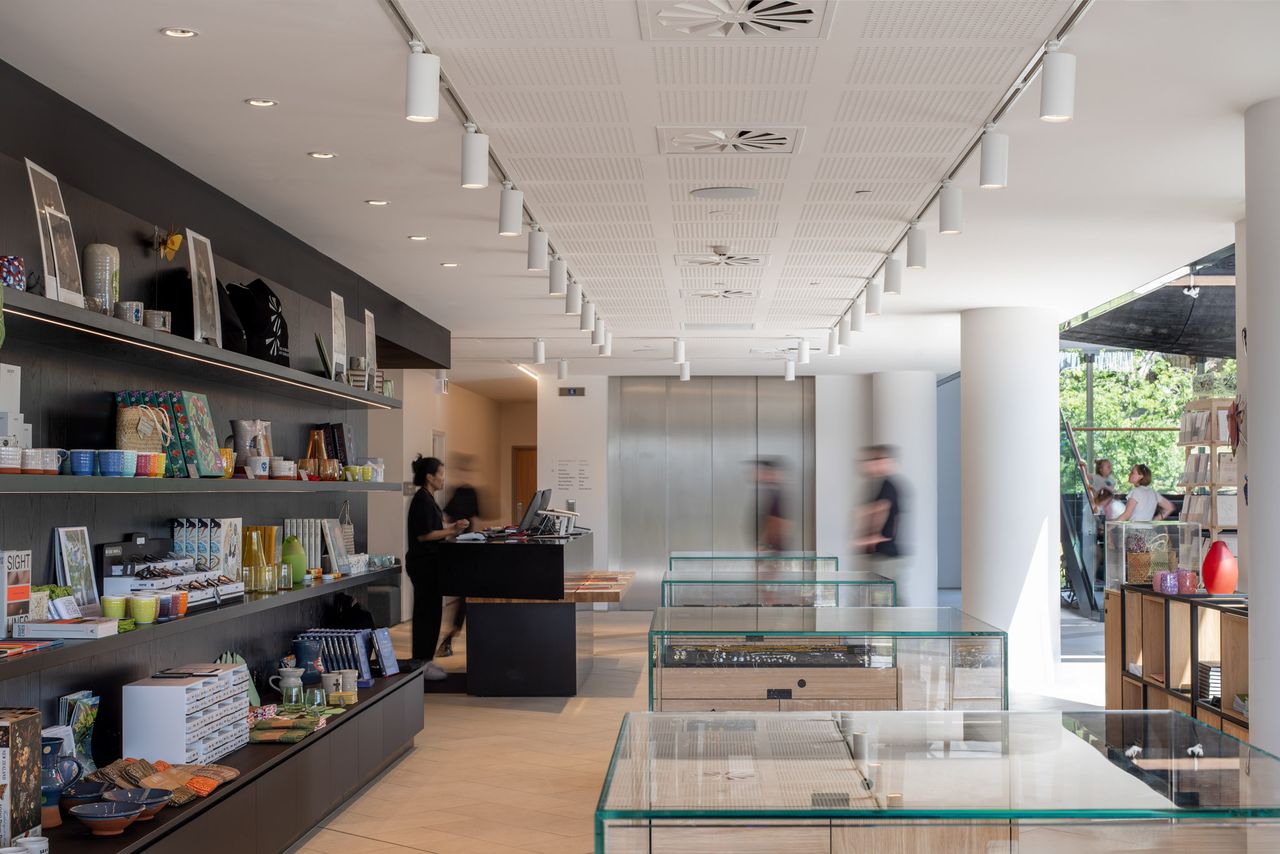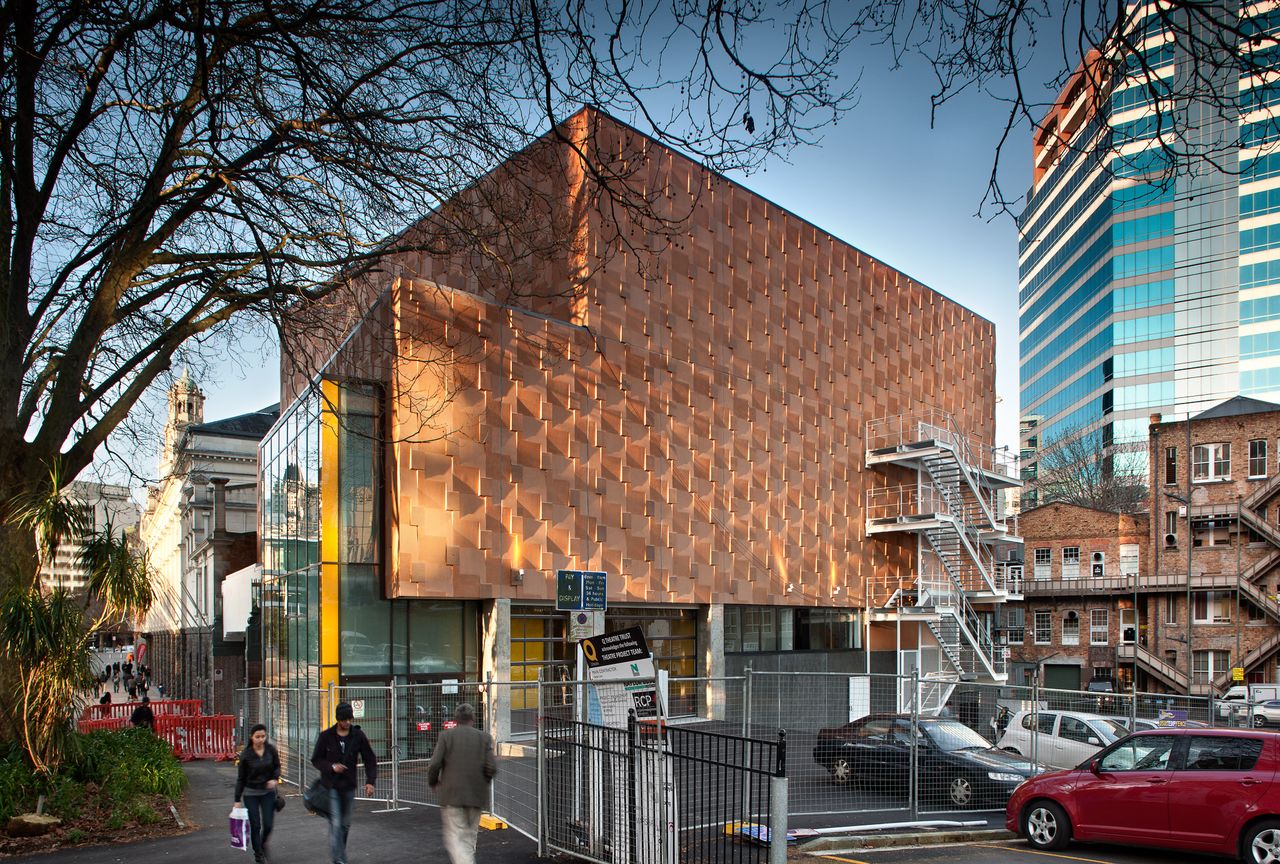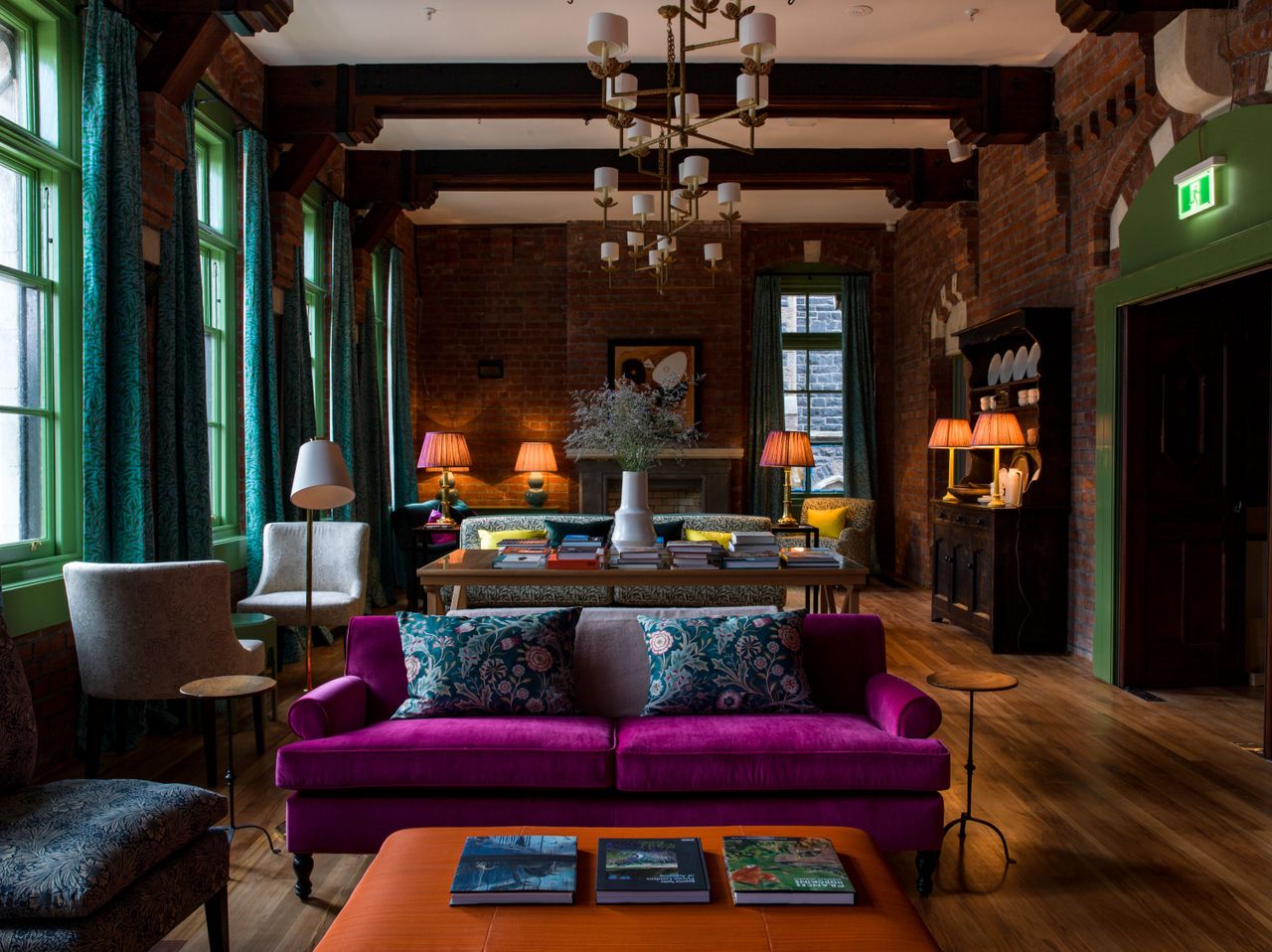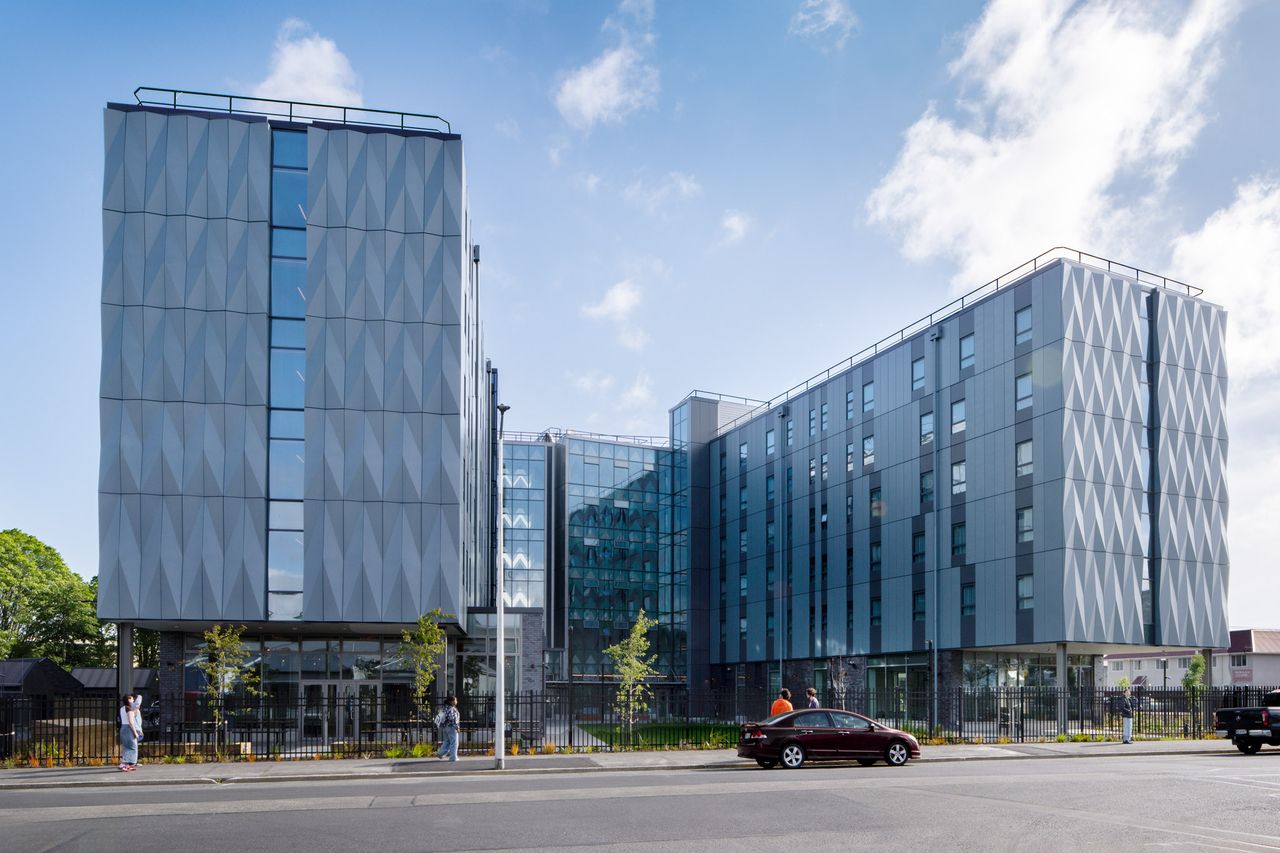Projects
Te Whare o Rehua Sarjeant Gallery
Client
- Whanganui District Council
Project Leads
Sector
Location
- Manawatū – Whanganui
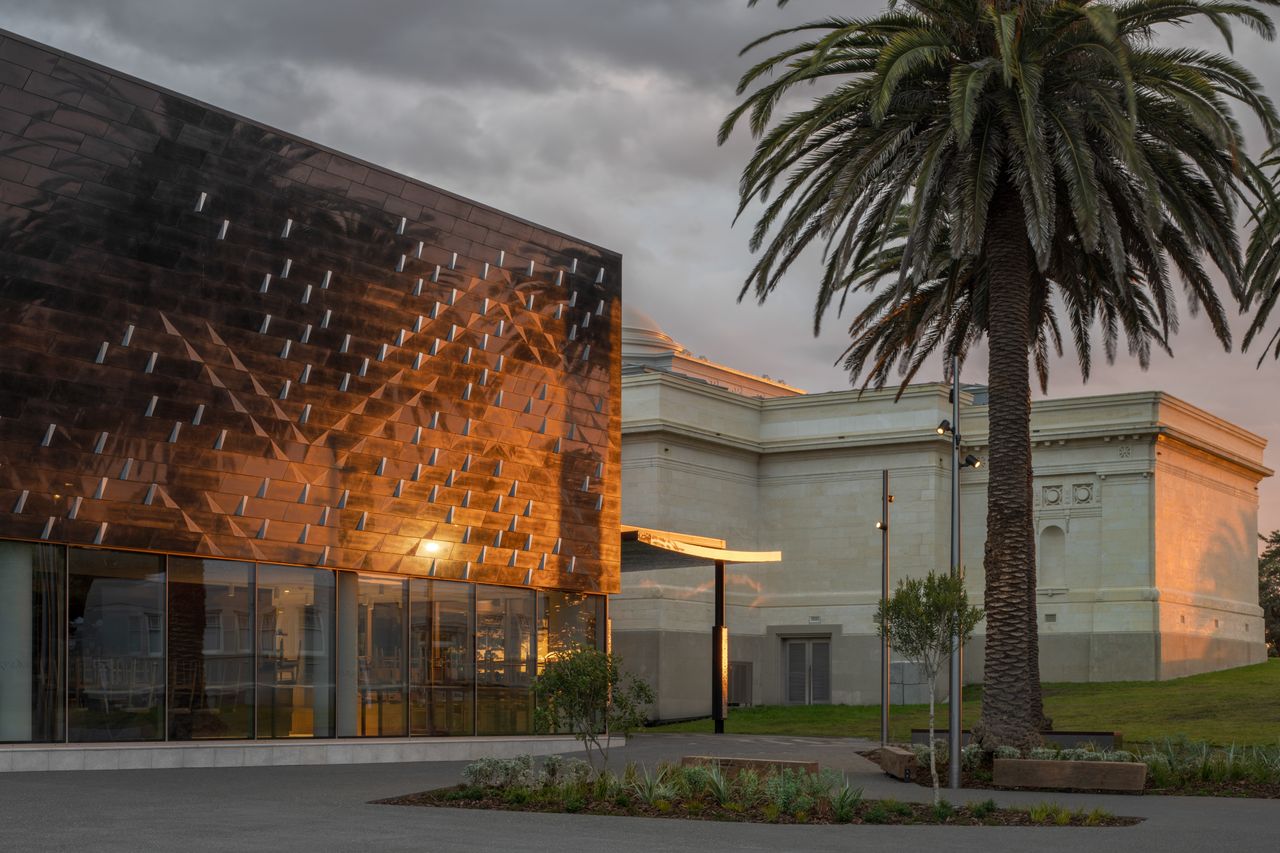
After the closure of the cherished Category 1 heritage building due to seismic and safety risks, Te Whare o Rehua Sarjeant Gallery finally reopened to the public on 9 November, 2024.
The redevelopment of Sarjeant Gallery involved both refurbishing the existing stone gallery and constructing a new wing. The project, twenty-five years in the making, has involved a series of intense refurbishments and had been delayed for years by funding challenges. The gallery had remained in use during the earlier years of the process but was eventually closed to the public as the historic building did not meet seismic codes.
RCP joined the project in late 2017 as design and project managers and the team’s role initially involved the review of developed design previously prepared in 2014. Key areas of the review included looking at the impact of the structural design and how it considered the heritage fabric and the estimated cost against budget. A key pivot in this updated review was a shift from the base isolated solution to a post-tensioned strand solution. This shift would result in reduced temporary work and help maintain the interior heritage fabric that would be otherwise lost with the base isolated solution.
Once the developed design was completed, RCP managed the detailed design and ensured compliance requirements were met for the Building Code and Resource Consent. Given the complex construction related to strengthening of a heritage building, it was important to establish a suitable procurement strategy to best ensure delivery of the project. The strategy included a staged procurement focusing on the new building first, and the existing gallery second, incorporating ECI which allowed contractors to provide insight on temporary works requirements, and emphasising quality and fit-for-purpose design rather than focusing solely on price.
Another other key shift in the building’s design was the incorporation of a co-design process with local iwi. Working with the client and stakeholders, RCP facilitated the governance level engagement between the Runanga and the Council, design management with the iwi artists (Kahui Toi o Tūpoho), and the building design team.
With the co-designed re-imagining of the building with iwi, the project marks the return of iwi to Pukenamu Queen’s Park and incorporates a representation of Te Ao Māori and the Pākehā world linked together through the ‘waka’ - the bridge that spans the buildings.
As the change to the post-tensioned strand structural solution impacted the programme significantly, it was decided to split the project into two stages. Stage One focused on the new build, creating additional gallery space as well as archival and curatorial facilities in the basement. Stage Two centred on the seismic strengthening and preservation of the existing heritage building. As construction of the basement required significant excavation in an archaeological site, it was suitable that this proceeded Stage Two.
Where most galleries use artificial light, the Sarjeant is renowned for its use of top-side lighting in the gallery where natural daylight is allowed to enter the space providing high-quality light. However, the introduction of humidity-controlled air conditioning required the use of unique materials to maintain the daylight quality as well as meet the insulation requirements for the air conditioning. This required importing Kalwall panels, a US-sourced product, and necessitated precise pre-fabrication to ensure fit with the heritage building built more than 100 years earlier. Close coordination with the US specialists, and installation overseen by a US technical expert, was required.
Additional challenges included balancing modern structural requirements with heritage preservation, such as integrating lighting, fire protection, air conditioning, and drainage systems while maintaining the building’s original aesthetic. Retaining the original Matai timber flooring was a non-negotiable heritage requirement but was only possible after the introduction of a concrete diaphragm slab, requiring the removal, storage, and then reinstatement of the floor.
Through careful consideration of heritage and seismic requirements - and extensive collaboration between client, contractors, consultants, iwi, and the community - the gallery’s unique features have been preserved, while modern upgrades enhance its long-term resilience.
The revitalised and seismically strengthened gallery, weaving together both past and modern cultural narratives and building techniques, now stands ready to serve the community for the next 100 years.
